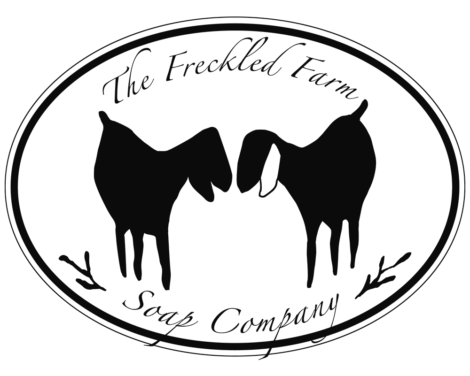The use of goat milk in skincare dates back centuries, with cultures around the world recognizing its remarkable benefits for the skin. From ancient civilizations to modern skincare routines, goat milk has stood the test of time as a coveted ingredient.

Ancient Civilizations:
Goat milk’s use in skincare can be traced back to ancient civilizations such as Egypt and Greece. Egyptian queens like Cleopatra were renowned for their beauty, and it is said that they indulged in luxurious goat milk baths to maintain their radiant complexions. The high nutritional content of goat milk was believed to enhance their skin’s vitality and youthfulness.
Traditional Remedies:
In many cultures, goat milk has been cherished for its healing properties. In traditional Ayurvedic medicine, goat milk has long been used for its cooling and soothing effects on the skin, making it a popular ingredient in skincare preparations. Native American tribes also recognized the nourishing and calming benefits of goat milk and utilized it in their natural remedies.
Europe and the Renaissance:
During the Renaissance period, goat milk continued to hold its place in skincare. Wealthy Europeans turned to goat milk for its reputed ability to improve skin texture, fight signs of aging, and maintain a healthy complexion. Goat milk soaps and creams were highly valued for their moisturizing and soothing properties.
Modern Skincare Revival:
In recent years, goat milk has experienced a resurgence in popularity in the skincare industry. As more people seek natural and gentle alternatives for their skincare needs, goat milk has emerged as a beloved ingredient. The understanding of goat milk’s rich composition, including vitamins, minerals, proteins, and fatty acids, has reinforced its reputation as a powerhouse for skin health.
Scientific Backing:
Scientific research has provided insights into the benefits of goat milk for the skin. Studies have demonstrated the presence of lactic acid, alpha-hydroxy acids, and vitamins A and E in goat milk, which contribute to its moisturizing, exfoliating, and antioxidant properties. These findings have further supported the historical use of goat milk in skincare and fueled its popularity in modern formulations.
Versatility in Skincare:
Today, goat milk is incorporated into a wide range of skincare products, including cleansers, soaps, moisturizers, masks, and creams. Its gentle nature makes it suitable for various skin types, including sensitive, dry, and mature skin. The hydrating, nourishing, and soothing qualities of goat milk continue to make it a sought-after ingredient for those seeking healthy and radiant skin.
The history of goat milk in skincare is a testament to its enduring allure and effectiveness. From ancient civilizations to modern skincare enthusiasts, the use of goat milk has transcended time and borders. With its rich composition and remarkable benefits, goat milk remains a cherished ingredient in skincare routines worldwide. Embrace the traditions of the past and harness the power of goat milk to experience the timeless beauty it imparts to your skin.
